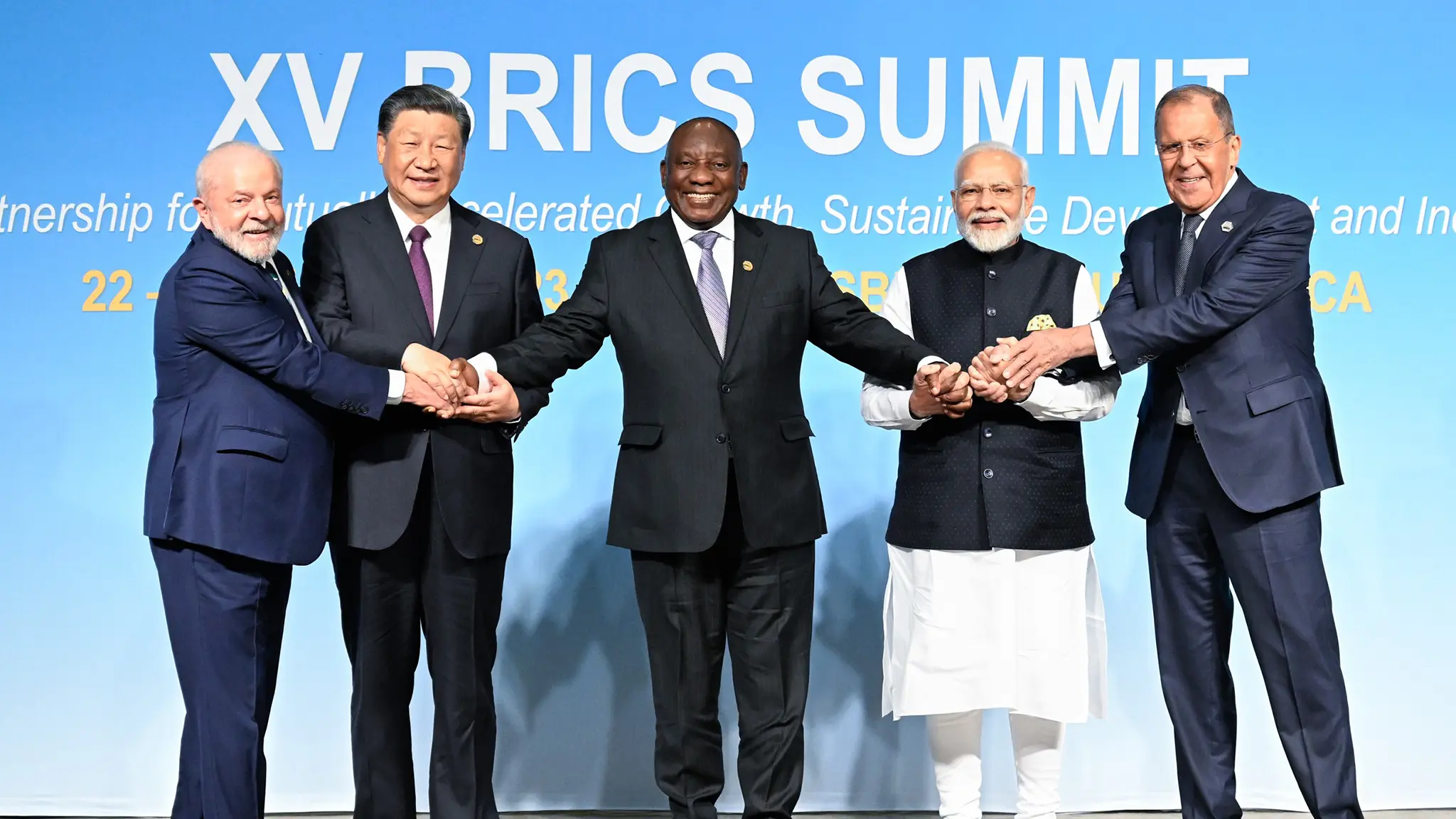India’s economic narrative is currently a mixed bag, with recent data painting a picture of both concern and proactive response. While the Q2 GDP numbers have been less than stellar, the market reaction suggests a degree of anticipation. Meanwhile, the Reserve Bank of India (RBI) has taken decisive action in the financial sector, and India’s engagement with the BRICS New Development Bank (NDB) signals a broader shift in global finance.
GDP Growth Numbers Disappoint
The recent Q2 GDP data release was certainly not celebratory. Economists were taken aback by the sluggish growth figures, but the markets seemed to have already factored in this slowdown. In fact, the market indices are hovering around the same levels as they were in July, indicating that the GDP data was effectively old news. The market’s gaze is firmly fixed on the future outlook.
The prevailing view is that the Q2 slowdown was an anomaly, attributed to unusually heavy monsoon rains and perhaps even astrological factors impacting spending. The anticipated surge in government capital expenditure post-elections also failed to materialise. However, there are glimmers of hope. Government expenditure in October 2024 surged to 1.3 times that of October 2023, and the fiscal deficit has widened significantly, suggesting a potential stimulus. Festive sales in October and November have also provided a temporary boost, with rural demand showing signs of improvement and lower inflation potentially stimulating urban consumption.
However, the November GST collections reveal a more moderate growth of 8.5 per cent year-on-year, the third consecutive month below the 10 per cent mark. Consumer sentiment also appears to be muted, with reports indicating that festive demand for durables was not as robust as the previous year. Global economic uncertainty, particularly with the upcoming US presidential transition and potential trade tensions, adds another layer of complexity.
RBI Steps in on Lending Norms
In related financial news, the RBI has lifted restrictions on Navi Finserv, an NBFC led by Sachin Bansal. This action follows the imposition of curbs in October due to concerns about loan pricing practices. Navi Finserv, along with other NBFCs, faced scrutiny over weighted average lending rates and interest spreads. The RBI’s decision to lift the ban acknowledges the corrective measures undertaken by Navi Finserv to align with regulatory guidelines. This episode highlights the regulator’s vigilance over lending practices in the NBFC sector and the importance of fair and transparent loan pricing.
BRICS Bank – A Dollar Alternative?
Amidst these domestic economic developments, India’s role within the BRICS nations and the New Development Bank (NDB) offers a longer-term perspective on the evolving global financial order. India has contributed $2 billion to the NDB, supporting 20 ongoing projects focused on infrastructure and development. While the BRICS nations are not aiming to replace the US dollar, they are exploring alternative financial systems to reduce reliance on a single currency. This pursuit of diversification is driven partly by geopolitical considerations and a desire for a more multipolar global financial landscape. As the global financial infrastructure evolves, the BRICS initiative could offer a viable alternative and foster greater competition in cross-border payments.
Will the festive season momentum sustain India’s economic growth, or will the underlying sluggishness persist? The next few months will be crucial in determining the trajectory, and all eyes will be on both consumer demand and further policy responses to steer the economy back to a higher growth path.
Image Courtesy: X (S.L. Kanthan)










Leave a Reply